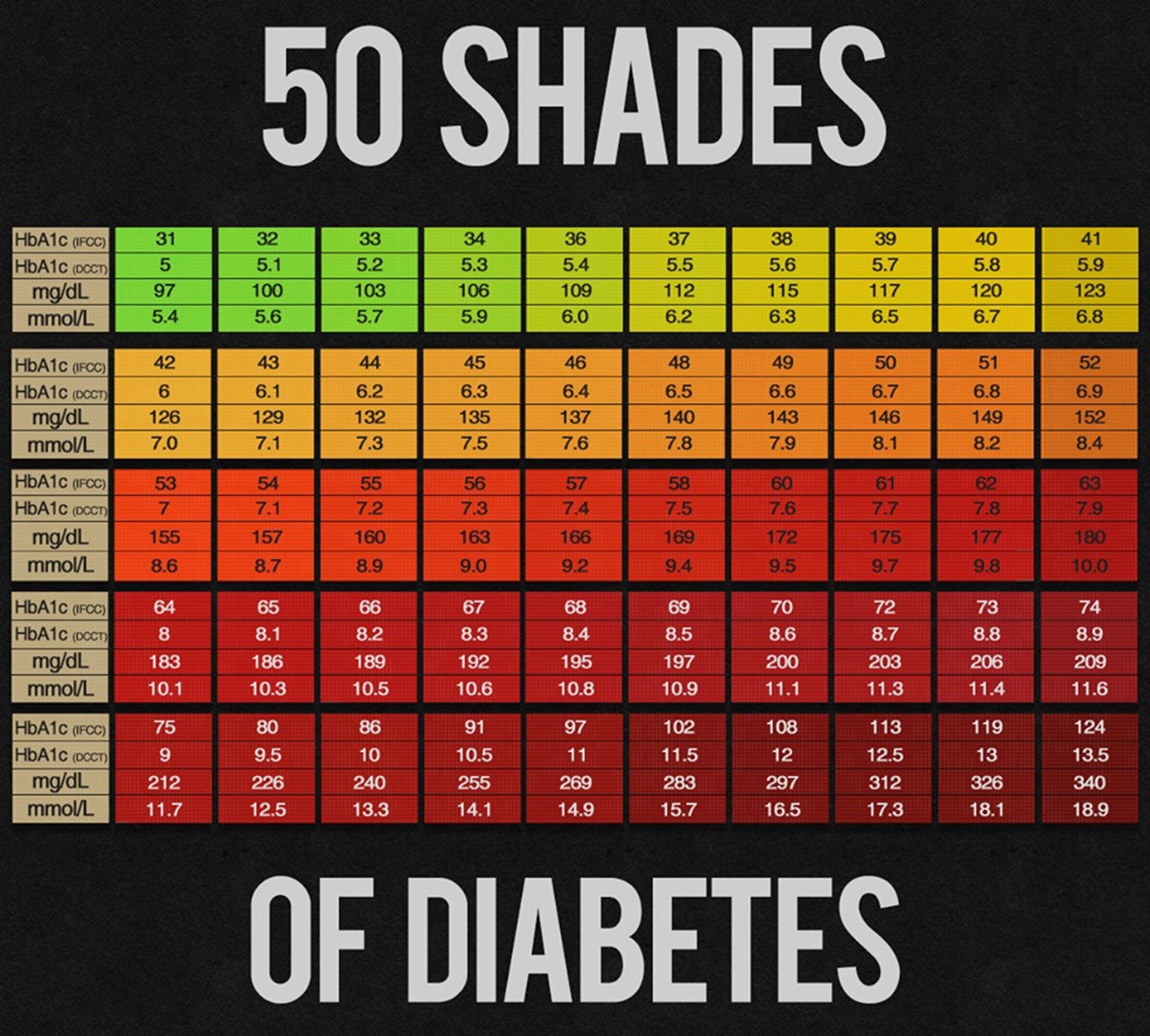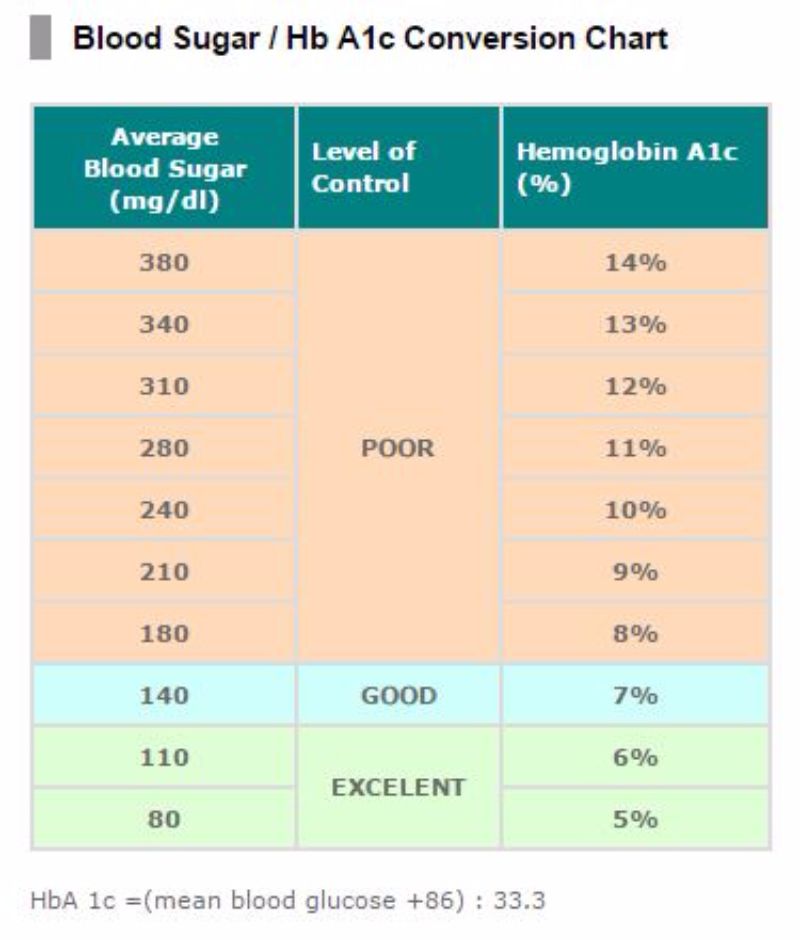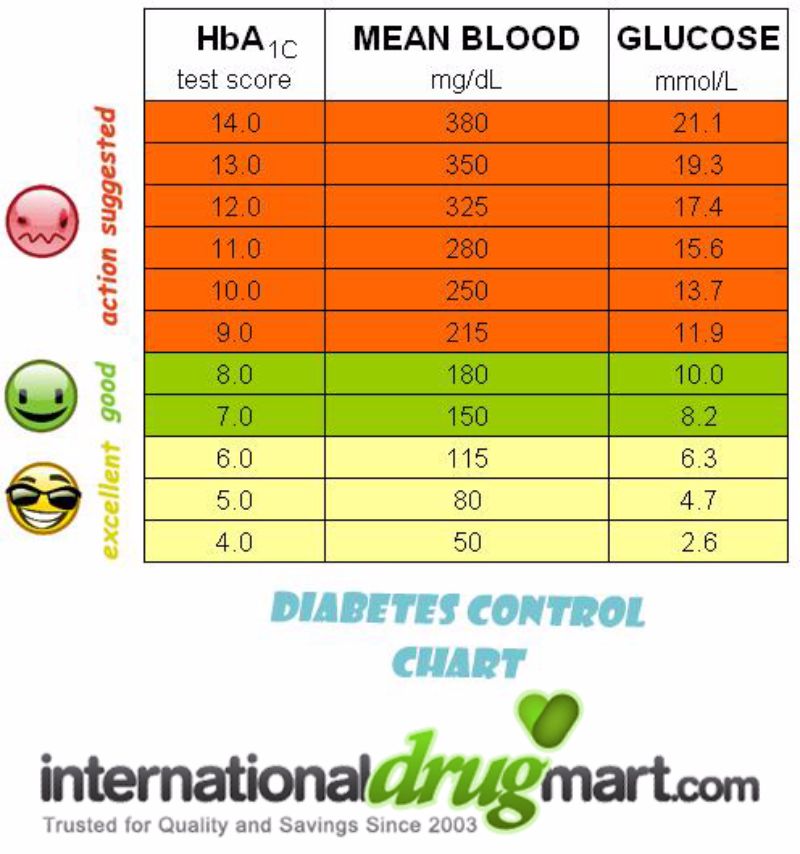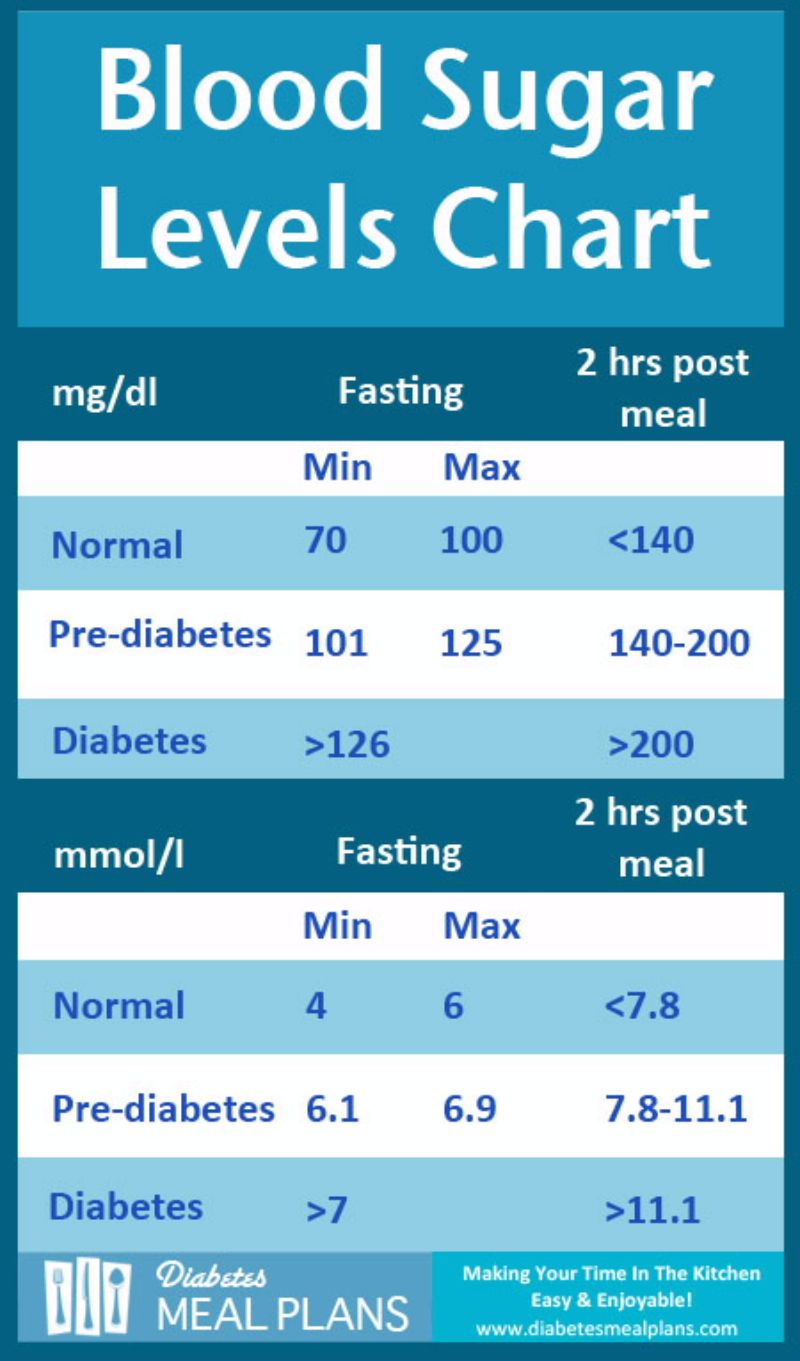Managing blood sugar levels is essential for maintaining overall health and well-being. It is especially vital for individuals who have diabetes, as their bodies struggle to regulate blood sugar on their own. With that in mind, having access to blood sugar charts can be incredibly helpful in monitoring and controlling glucose levels.
What is a Blood Sugar Chart?
A blood sugar chart is a visual representation of blood sugar levels over a specified period. These charts typically display glucose levels in both fasting and after-meal states. They help individuals track their blood sugar levels, identify trends, and make informed decisions about their health.
 One of the most essential aspects of managing diabetes is understanding what constitutes as normal, high, and low blood sugar levels. A blood sugar chart provides a clear understanding of the target range for optimal health. Normal blood sugar levels typically range between 80 to 130 mg/dL before meals and below 180 mg/dL after meals.
One of the most essential aspects of managing diabetes is understanding what constitutes as normal, high, and low blood sugar levels. A blood sugar chart provides a clear understanding of the target range for optimal health. Normal blood sugar levels typically range between 80 to 130 mg/dL before meals and below 180 mg/dL after meals.
 How to Use a Blood Sugar Chart?
How to Use a Blood Sugar Chart?
Using a blood sugar chart is relatively straightforward. Firstly, it is essential to record blood sugar readings at specific times during the day. These times may include fasting (before breakfast), before meals, after meals, and before bed. By keeping track of these readings, individuals can identify patterns and adjust their diet or medication accordingly.
 Once the blood sugar readings are recorded, they can be plotted on the chart. This visualization helps individuals assess if their blood sugar levels are within the recommended range or if they need to take corrective action. It also enables healthcare professionals to provide accurate guidance and make necessary adjustments to an individual’s diabetes management plan.
Once the blood sugar readings are recorded, they can be plotted on the chart. This visualization helps individuals assess if their blood sugar levels are within the recommended range or if they need to take corrective action. It also enables healthcare professionals to provide accurate guidance and make necessary adjustments to an individual’s diabetes management plan.
 The Importance of Blood Sugar Monitoring
The Importance of Blood Sugar Monitoring
Regular blood sugar monitoring is crucial for individuals with diabetes. By closely monitoring glucose levels, they can detect any potential deviations from the target range. This allows for immediate intervention to prevent episodes of hyperglycemia (high blood sugar) or hypoglycemia (low blood sugar), both of which can have serious health consequences.
 A blood sugar chart serves as a valuable tool in this monitoring process. By recording and analyzing blood sugar readings regularly, individuals can identify trends and patterns. This information empowers them to make proactive changes to their lifestyle, such as adjusting their diet, exercise routine, or medication to achieve better control over their blood sugar levels.
A blood sugar chart serves as a valuable tool in this monitoring process. By recording and analyzing blood sugar readings regularly, individuals can identify trends and patterns. This information empowers them to make proactive changes to their lifestyle, such as adjusting their diet, exercise routine, or medication to achieve better control over their blood sugar levels.
 Blood Sugar Chart Templates
Blood Sugar Chart Templates
Fortunately, there are numerous blood sugar chart templates available that can simplify the process of tracking and monitoring blood sugar levels. These templates can be printed or downloaded from reputable sources.
 Blood sugar chart templates typically incorporate designated spaces to record blood sugar readings at different times of the day. They often include sections for fasting readings, pre-meal readings, post-meal readings, and before bedtime readings. Some templates may also have additional sections to track other factors like carbohydrates consumed or medication dosage.
Blood sugar chart templates typically incorporate designated spaces to record blood sugar readings at different times of the day. They often include sections for fasting readings, pre-meal readings, post-meal readings, and before bedtime readings. Some templates may also have additional sections to track other factors like carbohydrates consumed or medication dosage.
 Conclusion
Conclusion
Blood sugar charts are invaluable tools for individuals with diabetes and healthcare professionals alike. By regularly monitoring and tracking blood sugar levels, individuals can gain insight into their glucose control, make necessary adjustments to their management plan, and prevent potential complications.
 Remember, it is crucial to consult healthcare professionals for personalized advice and guidance based on individual blood sugar patterns and health goals. Utilizing blood sugar chart templates and establishing an open line of communication with healthcare providers can pave the way for effective diabetes management.
Remember, it is crucial to consult healthcare professionals for personalized advice and guidance based on individual blood sugar patterns and health goals. Utilizing blood sugar chart templates and establishing an open line of communication with healthcare providers can pave the way for effective diabetes management.
 So whether you are newly diagnosed with diabetes or have been managing it for years, incorporating the use of blood sugar charts into your routine can provide invaluable insights into your health and empower you to take control of your diabetes management.
So whether you are newly diagnosed with diabetes or have been managing it for years, incorporating the use of blood sugar charts into your routine can provide invaluable insights into your health and empower you to take control of your diabetes management.